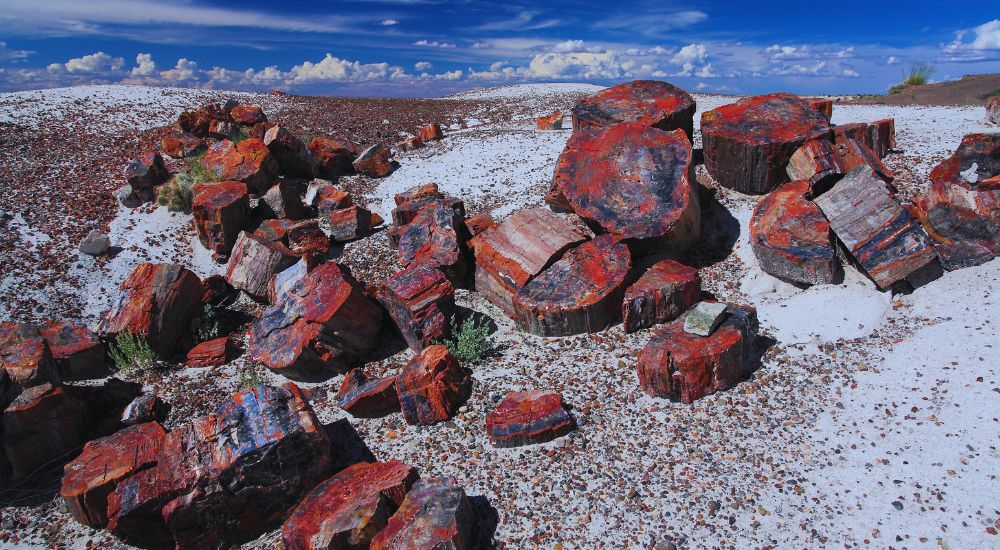Nestled in the heart of northeastern Arizona lies one of the most visually stunning and geologically fascinating parks in the United States Petrified Forest National Park. Famous for its rainbow-hued petrified wood, ancient fossils, and striking desert landscapes, this national treasure invites travelers, hikers, and history enthusiasts to step back in time over 200 million years ago.
Whether you’re planning a road trip along historic Route 66 or simply seeking an outdoor adventure filled with scientific wonder, the Petrified Forest should be at the top of your Arizona travel itinerary.
Why Visit Petrified Forest National Park?
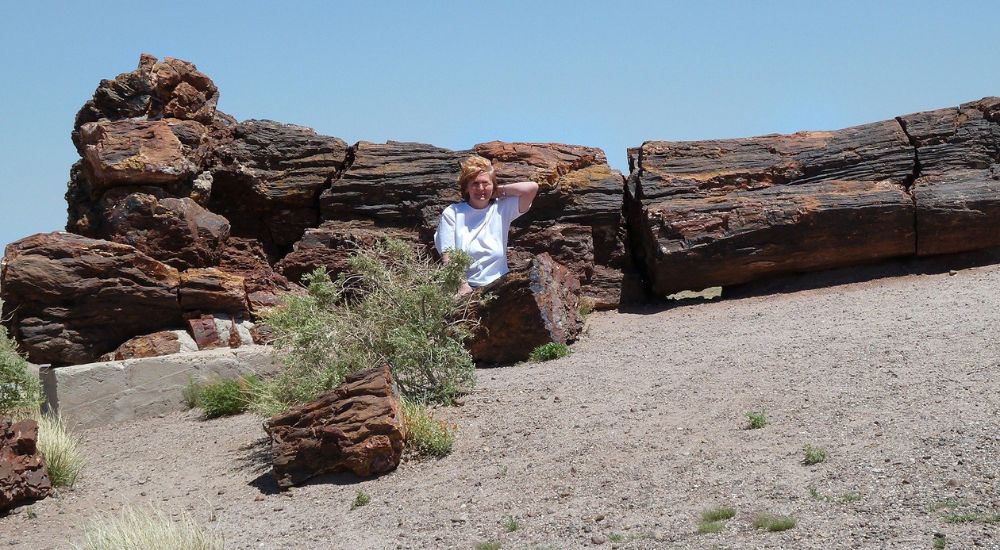
Petrified Forest National Park offers a blend of natural beauty, prehistoric intrigue, and cultural richness. The park spans over 230 square miles and is home to one of the largest and most colorful concentrations of petrified wood in the world.
You’ll also find parts of the Painted Desert, archaeological sites dating back thousands of years, and remnants of early American routes like the Old Route 66 highway. With over 100 miles of hiking trails and scenic drives, it’s the perfect place for photography, geology, and wildlife observation.
What Is Petrified Wood and How Did It Get Here?

The petrified wood found in this region originated from fallen trees during the Late Triassic period. Over millions of years, these trees became buried under layers of sediment and volcanic ash. Groundwater rich in silica seeped into the logs, replacing organic material with quartz and other minerals, creating the colorful fossilized wood you see today.
This process preserved the original structure of the trees, turning them into sparkling stone logs that appear to be frozen in time. The vivid hues reds, blues, purples, and golds are caused by iron, manganese, and carbon compounds.
Top Attractions Within the Park
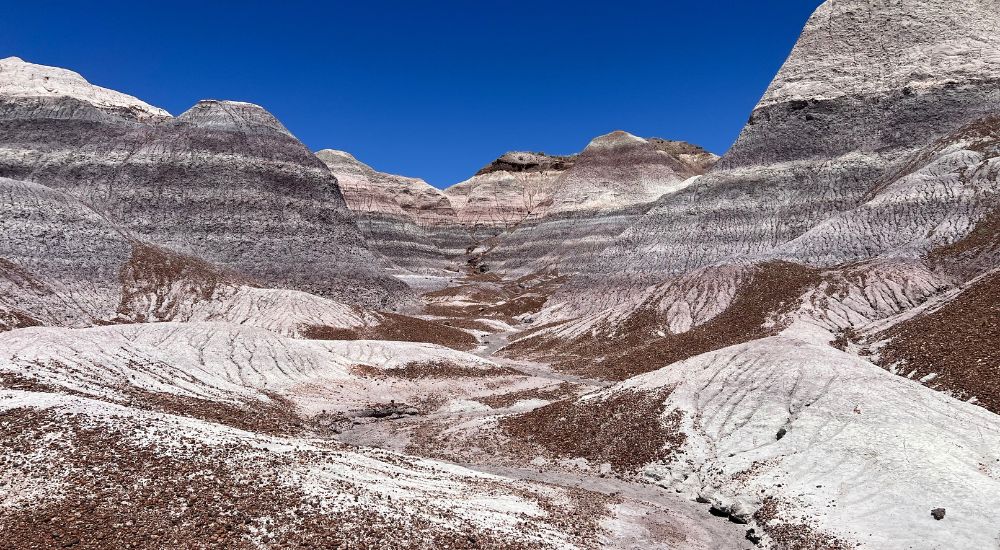
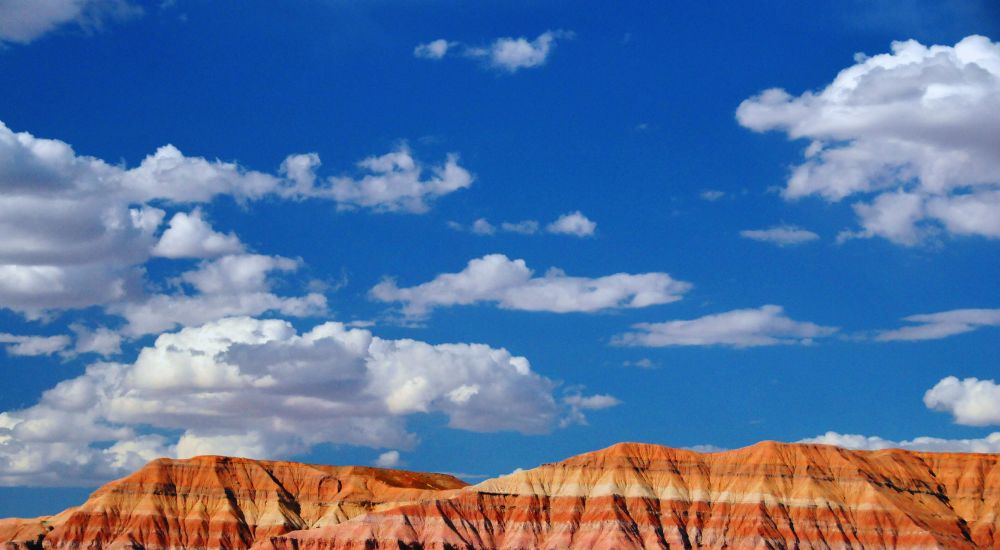
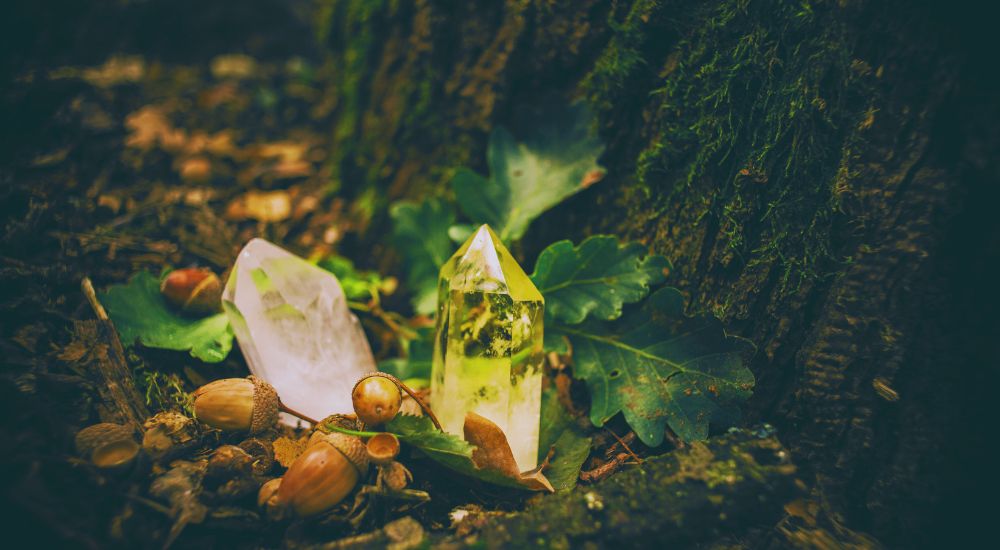
Painted Desert
The northern part of the park merges with the Painted Desert, a stunning expanse of vibrantly layered rock formations. Best viewed at sunrise or sunset, the desert’s rich palette of pink, red, lavender, and gray is a photographer’s dream.
Blue Mesa Trail
This moderate 1-mile loop trail leads you through badlands with rich blue and purple sediment formations. The trail is well-maintained and ideal for hikers and photographers.
Crystal Forest
Known for its dense collection of petrified logs with crystalline interiors, the Crystal Forest offers a short, accessible walk (0.75 miles) among some of the most colorful specimens in the park.
Puerco Pueblo
This historic site preserves the ruins of a 100-room village occupied by the ancestral Puebloan people. Nearby, you can view ancient petroglyphs that tell stories of early life in the region.
Related Read: Explore the Painted Desert in Arizona.
Tips for Visiting

- Plan for at least half a day to drive through the park and explore major stops.
- Entrance fee is $25 per vehicle (valid for 7 days).
- Temperatures can vary; bring layers, especially in spring and fall.
- Pack water and snacks, as amenities within the park are limited.
- Collecting petrified wood is illegal; however, you can purchase certified specimens from gift shops outside the park.
For road trip ideas in Arizona, check out our Grand Canyon Loop Travel Guide.
Visitor Centers and Park Facilities
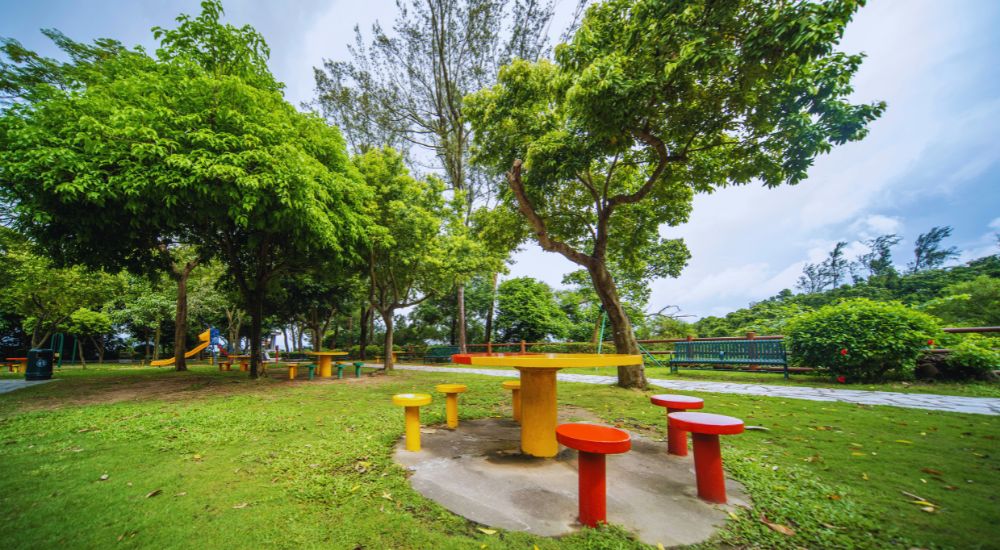
There are two main visitor centers:
- Painted Desert Visitor Center: Located at the north entrance, it features exhibits, a theater, and a gift shop.
- Rainbow Forest Museum: At the south entrance, this museum showcases fossils, petrified wood displays, and historical context.
Both locations offer maps, ranger assistance, and educational resources to enhance your park experience.
Wildlife and Plant Life in the Petrified Forest
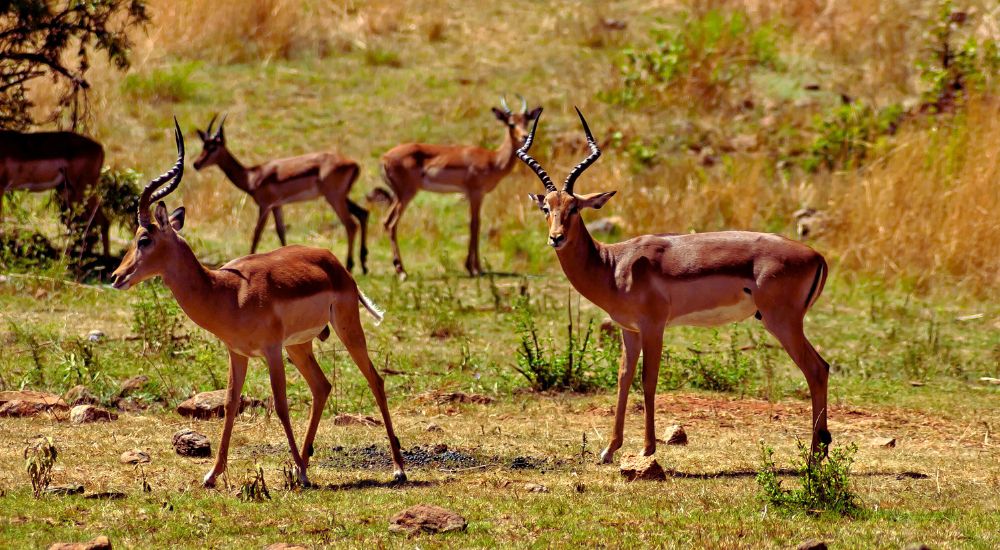
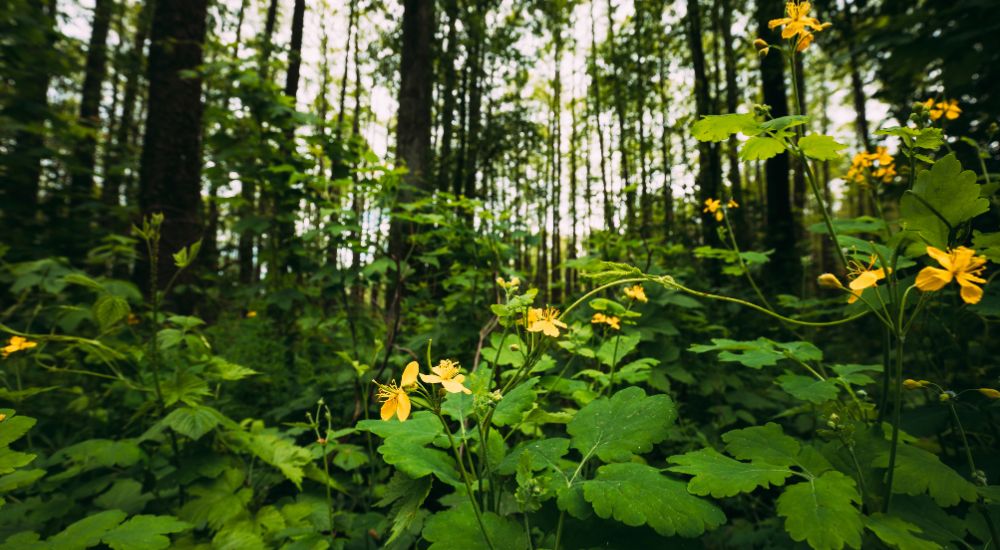
Although the landscape appears arid, the park is home to a variety of desert-adapted species:
- Wildlife: Lizards, jackrabbits, coyotes, and over 200 species of birds.
- Flora: Sagebrush, rabbitbrush, yucca, and various cacti thrive in this unique environment.
Be sure to respect all wildlife and plants stay on designated trails to preserve the natural integrity of the park.
Interested in desert ecosystems? Read more about the Great Basin Desert in Arizona.
Best Times to Visit

The park is open year-round, but the most comfortable seasons are spring (March to May) and fall (September to November). Summer temperatures can soar above 100°F, while winter brings cooler weather and the occasional snowfall adding a dramatic contrast to the colorful landscape.
Combining Your Trip with Other Arizona Attractions
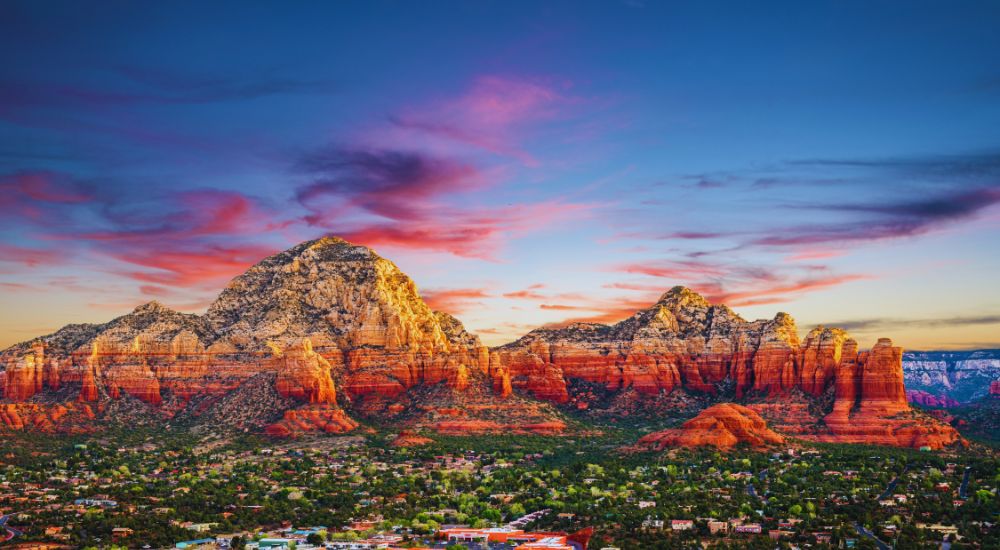
If you’re exploring northern Arizona, you can easily pair your visit to Petrified Forest National Park with stops at:
- Winslow, AZ – A charming town made famous by the Eagles’ song “Take It Easy.”
- Meteor Crater – One of the best-preserved meteorite impact sites on Earth.
- Walnut Canyon National Monument – Home to ancient cliff dwellings carved into limestone.
Discover more in our post on Walnut Canyon in Arizona.
Conclusion: A Journey Through Time
Visiting Petrified Forest National Park in Arizona is like stepping into a natural history museum under an open sky. From otherworldly rock formations and fossilized trees to ancient petroglyphs and vibrant desert hues, this park offers a rare combination of scientific wonder and natural beauty.
Whether you’re a geology buff, nature lover, or simply a traveler seeking inspiration, the Petrified Forest will leave you awestruck and enriched. Add it to your Arizona itinerary you won’t regret it.

